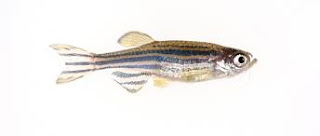We are increasingly seeing mice with compromised immune systems in our facilities. However not all immune compromised mice are going to present with the same challenges. So here are some questions on what you need to know to evaluate challenges to their health:
1. Name 6 components of the innate immune system
2. In which 2 cells do the innate and adaptive arms of the immune system interact?
3. NOD scid gamma (NSG) mice are a popular mouse strain for engraftment of human immune cells. a. Describe the 3 major components of their immune deficiency
b. Which populations of immune cells remain?
c. Why are they likely to live longer than scid mice in a protected environment?
(See Jax website for a good description)
4. Myd88 mice are commonly used for infectious disease and immunology studies.
a. What does Myd88 stand for,?
b. what is the mechanism for their immune deficiency?
c. What clinical problems are most likely to be seen?
(See Villano et al)
5. The various immune deficient strain combinations can be hard to memorize: a good start is to consider all the different components so that you can deduce characteristics of the combinations. List the complete name, common name (if applicable) and the main immune deficiencies for the following strains... (NOD scid gamma were already listed in Q1)
a. RAG1 or RAG2
b. Bg
c. Foxn1 nu
d. Il2rg
e. Prf1
f. B2m
ANSWERS POSTED HERE
2 3 4 5





















